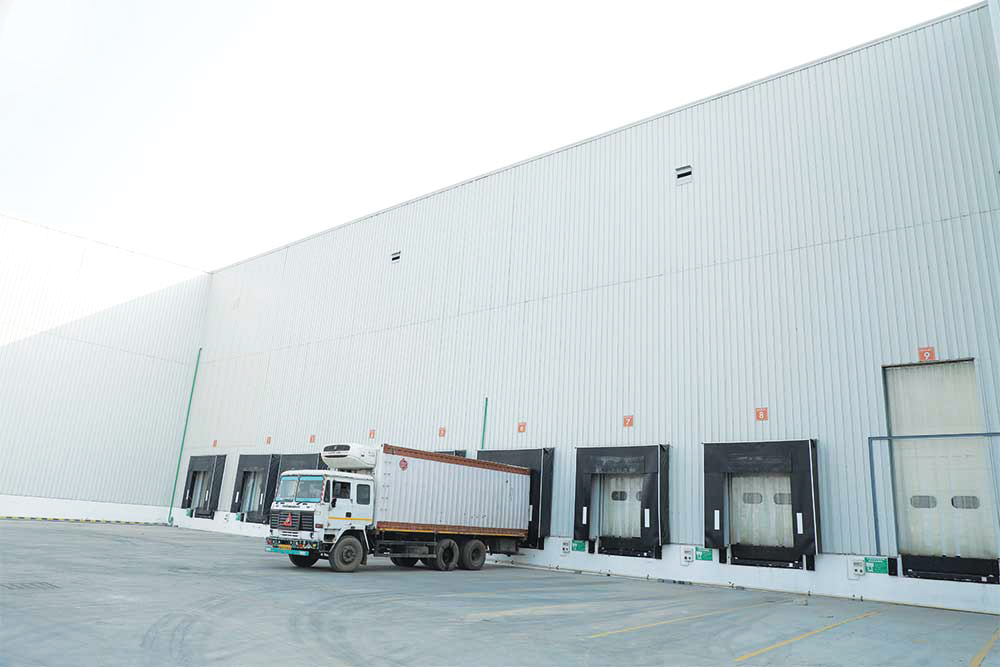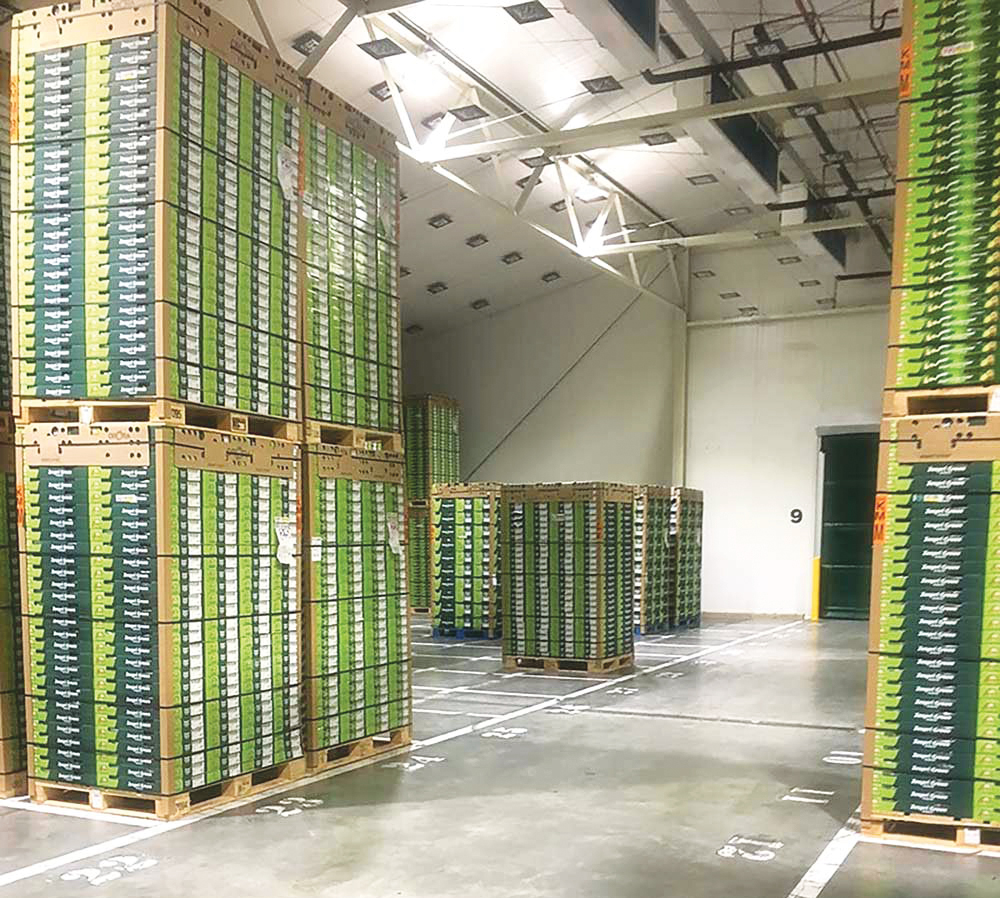- A Silver Lining During The Recession
One of the takeaways of the pandemic is the increase in demand for high-technology temperature-controlled warehousing, which needs to expand and work round the clock to ensure there are enough fresh and frozen products for people to buy in supermarkets and grocery stores, for home delivery or otherwise.
Cold-chain companies will play an important role through and after the COVID-19 pandemic. Food manufacturers, distribution centres and cold-storage warehouses will need to go hi-tech to meet rising consumer demand.
Moreover, cold-chain operations will need to adhere to the highest hygiene standards. The old Mandi system (with local market aggregation centres) for the movement of fresh and frozen foods will come under increased scrutiny as modern e-commerce and convenience stores will bring in stringent COVID-19 guidelines for temperature, workforce, hygiene, safety, packaging and speed to ensure the flow of fresh and frozen foods to convenience stores, food manufacturers and consumers.
Food, medicine and vaccines are essential commodities that need state-of-the-art cold chains to ensure just-in-time distribution. Hence, India will need to increase its capacity of hi-tech temperature-controlled warehousing and reefer trucks. Warehouses need to reskill their staff so that they can provide value-added services, like sorting, consolidating and repackaging for the last-mile delivery.
Warehouses need to adopt cold-chain technologies, such as cloud-based warehouse management systems, Radio-frequency identification (RFID), sensor tags, automated guided vehicles, Internet of things (IoT) and mobile racking to enhance overall warehouse operations, improve efficiency and seamlessly integrate every step of the cold-chain process.
Responding to COVID-19 is challenging and cold-storage companies must revisit their supply-chain strategies, accelerate the adoption of cold-storage technologies and implement supply-chain risk management and business continuity strategies. Cold-chain companies need to improve continuously by embracing automation and digitisation to reduce costs and increase efficiency.
- Cold-Chain Imports Of Fruit Amidst COVID-19
Boxcold, the cold-chain division of Boxco Logistics, has been slowly building up volumes of cold-chain imports through Inland Container Depots (ICD), specifically of apples and kiwi fruit. Reefers arrive from supplying countries at Kandla/Mundra and are then transported by rail to ICD Sonepat, where the goods are stored in a temperature-controlled warehouse for onward shipment to consumer points.
However, importing fruit in reefers has been very adversely affected, as most of the supplying countries have been hit hard by COVID-19. The most popular fruit imported into India are apples, though this trade has declined due to:
- The import ban on Chinese apples after China was struck with COVID-19.
- The increase in customs duty on US apples.
- The decline in domestic demand, which has created a local apple glut due to the oversupply of apples from Kashmir
Countries such as Italy, Poland and Turkey are currently trying to fill the gap created by the reduction in supply from the US and China, especially for high-quality apples. The lockdown in India has, however, significantly hampered this trade.
The other main imports are kiwi fruit from New Zealand, Chile and the Middle East. Imports of high-quality kiwis from the Middle East have gathered steam in the last 2-3 years. However, the imports are seasonal and occur between September and May, and the last two months of this current season were wiped out due to COVID-19 and the lockdown in India.
The new normal post-COVID-19 will see an increase in demand for goodquality, cleaner and well-packaged fruit, especially immunity-boosting fruits like kiwis. Hence, volumes of these fruits from the supplying countries referred to above are expected to rise considerably in the new season beginning in September 2020.
- Cold-chain transparency and visibility post-COVID-19
In the current landscape, it is very critical for cold-storage operators to monitor the inventory available in their value chains. Providing visibility across the supply chain will give customers better transparency, allowing them to formulate more effective supply-chain strategies.
Technology needs to be employed that will help to identify supplychain disruptions so that operators can respond proactively. Customers want real-time and comprehensive overviews of the status of their cold-chain shipments. With the right information, the appropriate team in the chain can respond immediately to mitigate a disruption before it becomes a problem. Customers also need updated standards for storage, hygiene, temperature control and human interventions.
- Conclusion
Overall, post-COVID-19, there will be many opportunities for cold-chain businesses and the industry will surely transform for the better.

